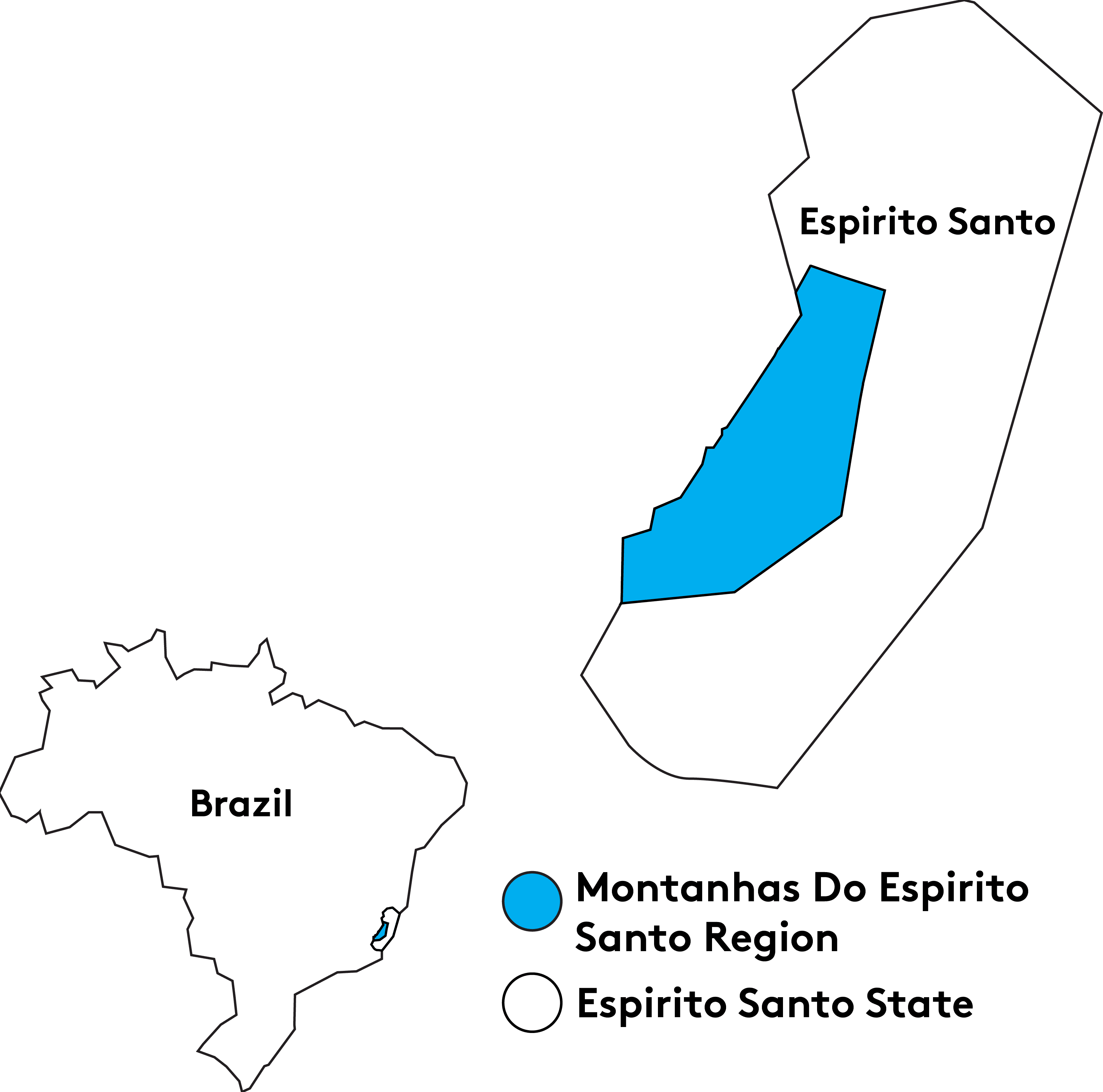Coffee producer Ozéias Pasti, of Italian descent, was raised in the Taquarussu region in the Vargem Alta municipality of Espirito Santo state, a historically relevant municipality in the production of specialty coffees.
Zeferino Pasti, Ozéias’ father, inherited the Sitio Vottilio farm in the 1960s and planted the first Mundo Novo and Yellow Bourbon trees. Ozéias and his siblings grew up alongside their father, learning from him the aspects of coffee production, which, by the 1980s, was the family’s main source of income.
Beyond coffee, Ozéias began producing grapes for winemaking; this awoke in him an interest in new markets that could be considered for quality coffee. Ozéias selectively harvests Sitio Vottilio’s coffee and dries it on raised beds. 4 of the farm’s 5 hectares are planted with coffee.
Get to know the Espirito Santo region of Brazil.
